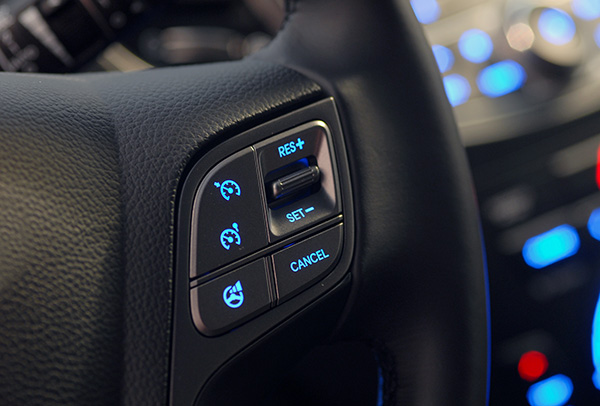
Are you making the most out of your car's cruise control feature? In this article, we'll explore the dos and don'ts of using cruise control to enhance your driving experience and ensure safety on the road.
Why You Want to Use Cruise Control
Cruise control is a convenient feature that allows drivers to set and maintain a desired speed without constant foot pressure on the accelerator pedal. It can be particularly useful during long highway drives, offering comfort and reducing driver fatigue.
Dos of Using Cruise Control
Using cruise control comes with several benefits when employed correctly:
It's best suited for consistent roads with minimal traffic and steady traffic flow. On highways, it can maintain a constant speed, which can improve fuel efficiency and reduce driver fatigue during long journeys.
While cruise control aids in maintaining speed, it's essential to remain vigilant and attentive. Even with cruise control engaged, keep your hands on the steering wheel and pay attention to the road. Remember, cruise control is a tool to assist you, not a substitute for attentive driving.
Adapt cruise control settings to suit road conditions. If you encounter changes in traffic, weather, or road surface, be ready to adjust your cruise control or deactivate it altogether. Flexibility and awareness are key to safe driving with cruise control.
Don'ts of Using Cruise Control
While cruise control offers convenience, there are situations where it's best to avoid using it. Heavy traffic conditions, for example, require frequent speed adjustments and lane changes, making cruise control impractical and potentially hazardous.
Similarly, winding or hilly roads pose challenges for cruise control. The system may struggle to maintain a consistent speed, leading to abrupt acceleration or deceleration. In such situations, it's better to rely on manual control to navigate curves and steep inclines safely.
Inclement weather is another scenario where cruise control should be avoided. Rain, snow, or icy conditions can affect traction and vehicle stability, making it risky to rely on cruise control. By maintaining manual control, drivers can better respond to changing road conditions and ensure their safety.
Benefits of Using Cruise Control
Cruise control offers numerous benefits, including improved fuel efficiency, reduced driver fatigue, and enhanced comfort during long drives. By maintaining a constant speed, drivers can achieve better mileage and enjoy a more relaxed driving experience.
Common Cruise Control Mistakes to Avoid
Despite its advantages, cruise control can lead to mistakes if not used correctly. Common errors include over-reliance on the system, failure to remain attentive, and neglect to adjust settings for changing road conditions. By understanding these mistakes, drivers can maximize the benefits of cruise control while minimizing risks.
Ready to optimize your cruise control experience for safer travels? Visit Knight Automotive today for expert maintenance and advice on maximizing your vehicle's features!